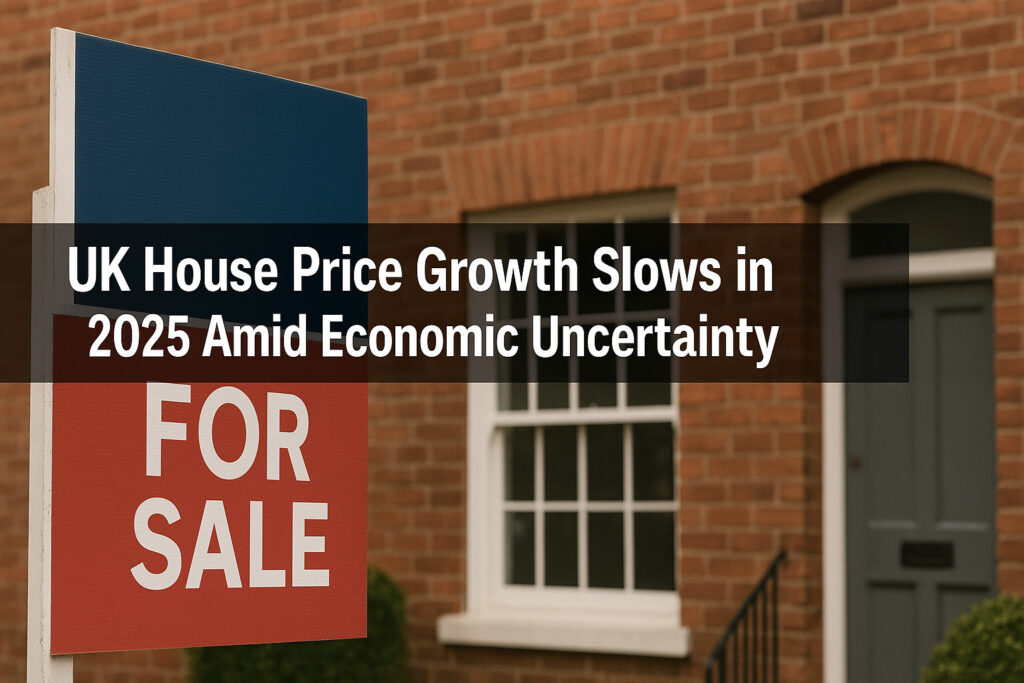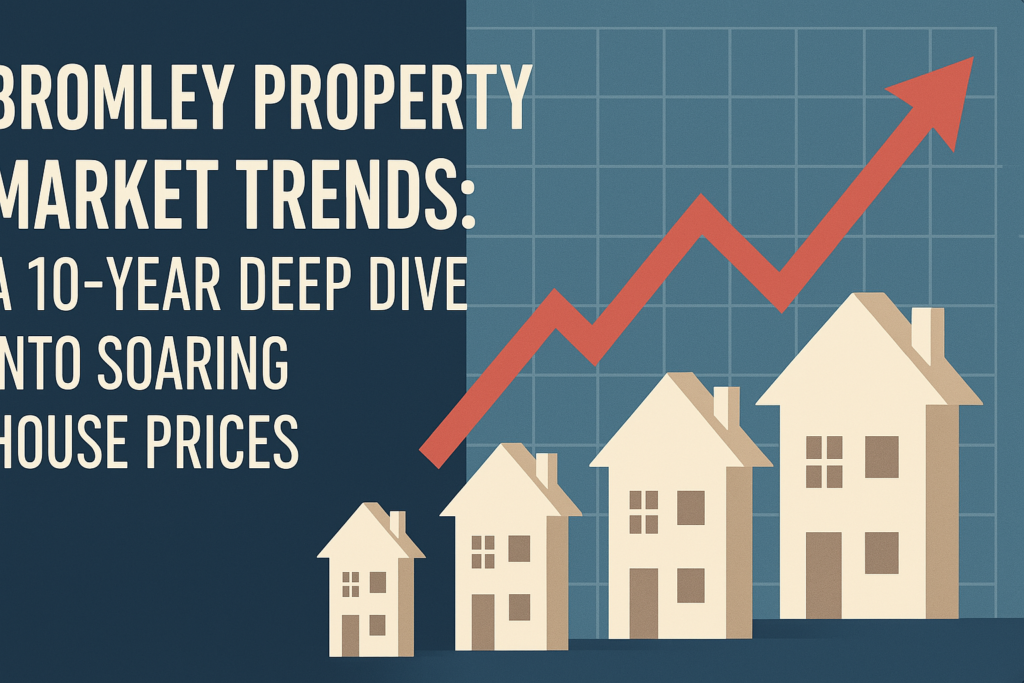Barclays has unveiled a transformative zero-deposit mortgage product tailored explicitly to council and housing association tenants with the Right to Buy.
This bold move addresses two significant hurdles: the high cost of deposits and the urgent demand for accessible homeownership pathways.
For tenants eligible under the Right to Buy scheme, this initiative offers a direct route to property ownership without requiring upfront savings.
What Is the Right to Buy Scheme?
The Right to Buy scheme allows eligible council tenants in England to purchase their homes at a significant discount.
Depending on how long the tenant has lived in the property, the discount can reach up to £96,000 — or up to £127,900 in London boroughs.
This means that with no deposit required, Barclays’ new mortgage product could effectively cover the entire cost of purchasing a home, minus the discount.
How Barclays Zero-Deposit Mortgage Works
Unlike traditional mortgages, which typically require a 5%–10% deposit, Barclays’ product is structured for 100% loan-to-value (LTV) lending on the discounted purchase price, not the open market value.
Key Features:
No Deposit Required
Tenants using the Right to Buy discount can access a mortgage with zero savings needed.
Loan Amount Based on Discounted Purchase Price
Barclays assesses affordability based on the price after the discount is applied.
Fixed and Tracker Rate Options
Buyers can choose from competitive fixed or variable interest rates.
Standard Mortgage Criteria Applies
Borrowers must still pass Barclays’ credit and affordability checks.
Who Is Eligible?
Eligibility criteria are based on both the Right to Buy scheme and Barclays’ internal mortgage assessments.
You may qualify if:
You are a tenant of a local authority or housing association in England.
You have a minimum of 3 years’ tenancy (continuous or not).
You are approved for the Right to Buy discount.
You pass Barclays’ standard mortgage affordability checks.
Note: Northern Ireland and Scotland have separate housing policies and do not offer the same Right to Buy scheme.
Benefits of Barclays’ Right to Buy Mortgage
✅ No Savings Barrier
This product eliminates the biggest obstacle to homeownership for council tenants: saving for a deposit.
✅ Equity From Day One
Thanks to the Right to Buy discount, homeowners may start with instant equity in their property.
✅ Long-Term Stability
Fixed-rate options allow for predictable monthly payments — essential for budgeting in a volatile economic climate.
✅ Unlocks Generational Wealth
Homeownership can lay the foundation for financial security and generational legacy.
Risks and Considerations
🔺 100% LTV Risk
Borrowing the full discounted price may increase exposure to negative equity if property values decline.
🔺 Early Repayment Charges
Like many mortgage products, early repayment may trigger penalty fees.
🔺 Ongoing Costs
Homeownership brings maintenance costs, council tax, and insurance responsibilities that tenants may not be accustomed to.
Application Process
The application process mirrors that of a standard mortgage, with added emphasis on:
Right to Buy Discount Confirmation
You must receive official documentation confirming your eligibility and discount value.
Affordability Assessment
Barclays will evaluate income, credit history, and ongoing expenses.
Property Valuation
A valuation of the property is required to determine market and discounted value.
Legal Processes
Solicitors or licensed conveyancers manage the legal transition of Ownership.
Ideal Applicants: Who Should Consider This Mortgage?
This scheme is ideal for long-term council or housing association tenants who:
Have stable employment and income.
Wish to stop paying rent and start building home equity.
I cannot afford a traditional deposit.
Are you looking for a fixed and secure route into homeownership?
Alternatives to Barclays’ Offer
While Barclays’ zero-deposit mortgage stands out, other UK lenders offer similar products — typically requiring guarantors or family support.
However, few are as targeted toward Right to Buy applicants. Alternatives include:
Skipton Building Society’s Track Record Mortgage
Shared Ownership with zero-deposit options
Guarantor-backed 100% mortgages
Expert Tip: Compare Total Cost, Not Just Monthly Repayment
While monthly payments may appear affordable, always examine the full-term cost, including interest, fees, and potential early repayment penalties—factor in insurance, maintenance, and future rate changes.
Visual Overview of the Barclays Right to Buy Mortgage Process
Barclays Right to Buy Mortgage Process
Council Tenant
The person lives on property owned by the council or a housing association.
Apply for Right to Buy Discount
The tenant applies to purchase the home through the Right to Buy scheme.
Receive Discount Confirmation
If eligible, the tenant receives official confirmation of the discount they qualify for.
Apply for Barclays Zero-Deposit Mortgage
With the discount confirmed, the tenant applies for a mortgage from Barclays, which does not require a deposit.
Barclays Affordability Check
Barclays reviews the applicant’s income, spending, credit score, and financial situation.
Property Valuation
A professional valuation is carried out to assess the home’s market value.
Legal Conveyancing
A solicitor or licensed conveyancer handles all legal paperwork and property title transfer.
Complete Purchase
Once approved and legal steps are completed, the home purchase is finalized.
Become Homeowner
The tenant becomes a homeowner and begins making mortgage payments instead of rent.
The Bigger Picture: A Shift Toward Inclusive Lending
This initiative signals a more significant shift in UK mortgage policy — one that acknowledges the struggles of working families to climb the housing ladder.
By lowering the barrier to entry, Barclays is empowering thousands of tenants with a once-out-of-reach opportunity.
Final Thoughts: Should You Apply?
If you’re a Right to Buy tenant and meet the income requirements, Barclays’ zero-deposit mortgage offers a rare opportunity to own your home without needing years of savings.
But it’s essential to consider long-term affordability, property upkeep, and market trends.
We recommend discussing your options with a certified mortgage advisor to determine whether this mortgage fits your long-term financial goals.





